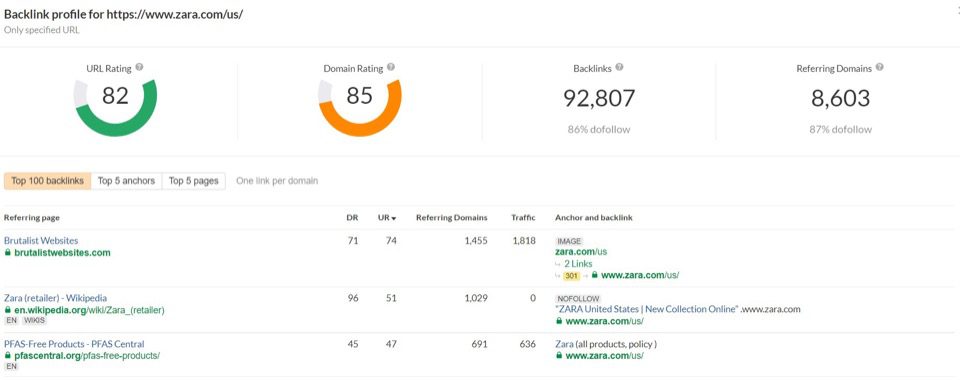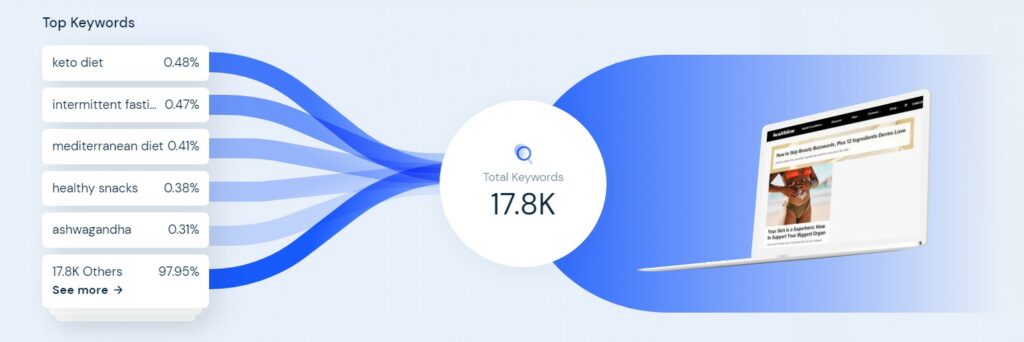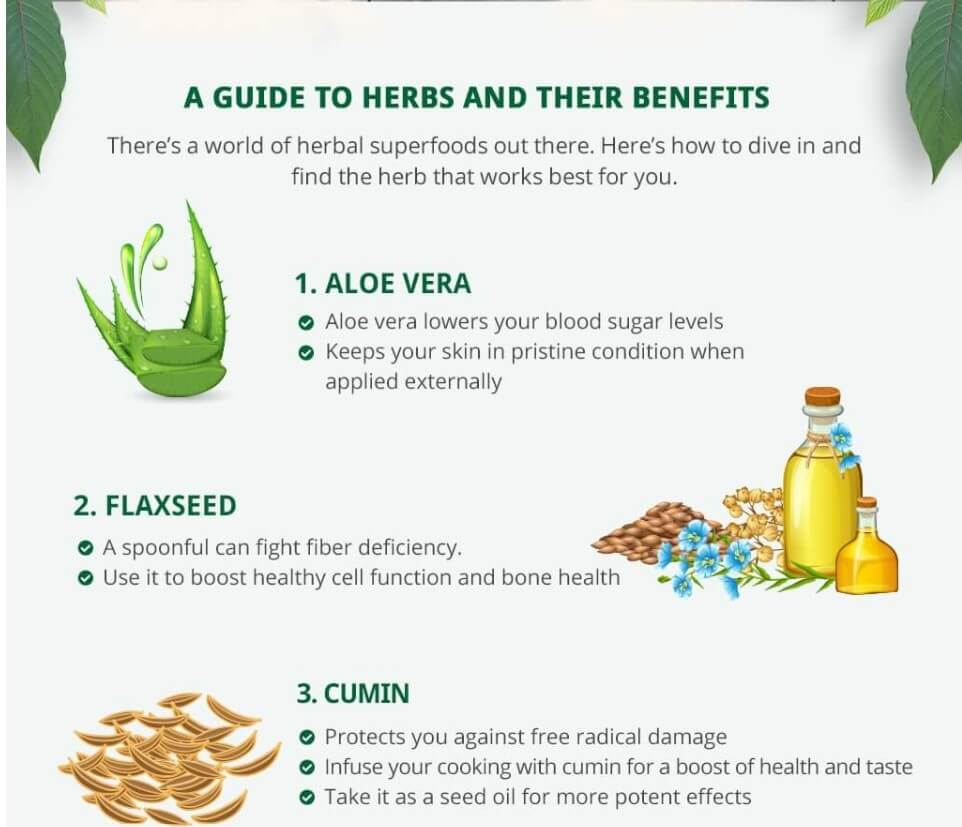
Many businesses invest serious time and effort into link building strategies, and they want to see results immediately. While some sites can experience a boost in traffic in just a few months, others might have to wait a year to notice a measurable uptick. Link building does work, but multiple factors go into determining your success. Staying aware of what helps—and what doesn’t—can shorten the timeline and get great results faster.
Before we start, we should clarify what we mean by ‘results’ in an SEO link building strategy. If you’re looking to simply boost your website’s traffic, you can expect relatively quick results from basic link building tactics. On the other hand, it can be more difficult to chart an exact timeline if you’re targeting a specific KPI like conversion rates. This is because conversion rates are affected by several different factors like web design, CTA quality, and how well-optimized your funnel is—it’s not all attributable to link building efforts. Either way, following these best practices will benefit your website’s organic ranking.
Table of Contents
What Affects Link Building?
When done well, businesses can see results from link building in as little as three months. How does link building work? These factors make all the difference:
- Domain Authority (DA): How authoritative are the websites that are linking back to you? If the CEO of a company personally recommends you for a job, you’ll get hired faster than if you only have a recommendation from your mother. Search engines will place a lot of weight on a link from a high-traffic, reliable website like Forbes as opposed to an unknown blog. Many online tools, like this one from Ahrefs, can quickly determine a site’s DA.
That said, it’s important to note that a site’s DA number is not a direct ranking factor or an “official” stamp of authority. Domain Authority is often called a “Moz metric” because Moz first developed a DA scoring tool, although other SEO tools have since developed their own DA metrics. These scores are not awarded or published by Google, and marketers should use DA as a gauge of a page’s relative ranking power, not an absolute guarantee.
With so much emphasis on DA, sometimes there’s an overcorrection here. Marketers tend to place an overwhelming amount of importance on domain authority when looking at their SEO link building strategies. But when it comes to backlinks, something is always going to be better than nothing. If you have an opportunity to appear on a low-DA blog, still take it. Backlinks should be “relevant first” to maximize their effectiveness. A meaningful, contextual link to your site, even on a low-DA blog, still has value.
- Competition: The level of competition a business has to face will vary drastically depending on the type of ecommerce it is engaged in. B2B businesses compete fiercely for links, and just paying for a link might not be enough to drive traffic—the content has to be there too. Following tested SEO copywriting principles like doing keyword research and determining user intent can be of help here.
Link building does work, but the results can differ depending on your niche. High competition directly translates to higher link costs (in other words, it will require more time and money before you see measurable results). In fact, experts believe that about 20% of businesses spend over $5,000 on link building alone. An aggressive, high-spend SEO link building strategy may not be realistic for most small businesses. That said, getting creative with your link building tactics can help you save on costs and get you better results.
- Donor Traffic: What kind of traffic is the hosting website working with? An increasing traffic trend will make a link more valuable, while a website that is steadily losing traffic will also lose credibility for its links. A common reason for this is search engines blacklisting or lowering a website’s ranking for malicious practices and low-quality content. If you obtain backlinks from a low-quality website, you may see a decline in your results if that site is later penalized by search engines.
- Content or Commercial: Link building works differently for both types of pages. Commercial pages tend to go after a few precise long tail keywords in their link building strategy for SEO as they only have a few hundred words to work with. Content pages, on the other hand, will naturally bring faster results due to higher keyword diversity. Keep in mind that this isn’t set in stone, and your results may vary depending on the type of content and keywords that you are using.
Get Faster Results
After reviewing the factors that may speed up or slow down link building results, here are some best practices to most effectively win links.
Broken Link Building Work
Links on content pages go 404 all the time, and each one is an opportunity to build up your web traffic. If you encounter a 404 error on a page relevant to your business, reach out to the webmaster and offer your page as a replacement. If you don’t already have one, you can always write one. This is a successful link building tactic because broken links can affect a site’s user experience and reputation; webmasters want their content to be relevant and helpful, and you are offering a quick solution to their problem. Remember, your new content has to be of a high enough quality to be a suitable replacement.
Broken link building does work, but only if you’re careful with your choices. Maximize SEO potential with your link building strategy by taking a look at the overall link quality of the broken page. If the other links on the page are also spammy or broken, it may not be worth the effort to rewrite your content as a replacement.
Learning From Competition
What are your competitors up to? Link studies reveal that the top-ranking website on a Google search will have up to 3.8x more backlinks than the other results. There is a high chance that the better-performing competitors will be benefiting from backlinks connecting to pages that are also relevant to your website. Competitor link analysis saves a bunch of time and reduces the trial-and-error of it all.
Link building works wonders if you’re learning from the competition, but picking keywords can be a challenge. Using highly competitive keywords as a part of your SEO link building strategy can lead to questionable results, and you’ll generally have to wait for a long time to see them. If you’d like faster results, you could try to target less competitive keywords. This can be particularly effective for websites that have not yet reached the first page of results.

Using Guest Posts
Guest posts are a great way to create backlinks for your website. The key here is to focus on link building tactics that create value for readers with helpful content, including a link or two to your website spread across the post. Be informative, not promotional to make your link building scalable.
Your SEO link building strategy has to be adaptable when planning guest posts. Several high traffic websites like Forbes and Entrepreneur work well for link building, allowing guest contributions for a relatively high price. This might not be a viable option if you’re just starting out without much capital to spare. Instead of waiting for an opportunity to post on popular pages, consider seeking out smaller outlets operating in your niche.
For example, if you sell hair care products, reach out to relevant beauty blogs about writing a guest post. Make sure your outreach is authentic. Explain why you’re interested in the blog and what you can offer to its readers. Share value; don’t just look for an opportunity to link your site.
Social Media Link Building Tactics
This aspect of link building is less discussed but is worth paying attention to, especially considering the role that social media now plays in ecommerce. Naturally, each platform will require a different approach due to differences in user interface.
- Facebook: Start from your profile! You can include a link to your business’s website inside your personal profile’s 101-character limit. Similarly, you should also include that same link in the About section of your business page. Some marketers like to use the comments section of various posts to link their websites, but this can quickly backfire if your links aren’t relevant or they appear spammy.

- Instagram: Does link building work on a video-centric app? Absolutely! Your SEO link building strategy can be a lot more dynamic with Instagram. Links might not be allowed in standard post captions, but you can include them in IGTV bios. Make sure you’re placing your links right at the top of the description to maximize visibility—your viewers might choose to scroll on to the next reel instead of looking for a link.
You can be creative with your link building tactics here. Instagram offers businesses an easy way to contact pages with a larger number of followers and collaborate with immersive content. If possible, consider finding a page related to your niche and collaborating with a joint story or reel, and throw a link to your website at the end. - LinkedIn: This is one of the most supportive platforms when it comes to SEO link building strategies. LinkedIn allows you to include backlinks in regular posts and their unique long-form articles. Link building works quite well here for marketers who can harness LinkedIn’s powerful discoverability with informative and consistent posts. Just like with Facebook, you’ll also want to make sure that your company and personal page includes links to your website.
Boosting Content Quality
Remember, all of these methods lose effectiveness if your content is not valuable. Whether you’re planning a blog or creating a small landing page, the idea is to create something that is worth linking to. Your SEO link building strategy can only take you so far if your page is uninteresting and rudimentary.
Think beyond bullet points and extensive paragraphs. What would you like to see if you were a visitor? Supplement your link building tactics by investing in quality custom infographics and CSS elements. It’ll take longer to create a customized page with appealing visual elements, but you can also look forward to more favorable results.

Being Patient
You can have the most detailed SEO plan and link building strategy, and target the right set of keywords, but great results take time. You need to give your optimized pages the right amount of time to generate high quality traffic and boost conversions.
Link Building Mistakes To Avoid
If link building still doesn’t seem to be working for you, you might benefit from trying out one of these minor tweaks.
- Misusing Links: 66.3% of pages have no backlinks at all. If your site falls into that group, you might be tempted to buy links from farms or even high-DA websites that are unrelated to your content. Tons of businesses fall into this trap when starting with link building tactics.
Building links with authoritative websites does work, but it will not automatically translate to better traffic for you if your page is about something else entirely. Visitors will be quick to click off, creating a high bounce rate that hurts your rankings over the long term. When creating a link building SEO strategy, start by looking for popular websites in your niche instead of performing general research. - Not Using On-Page SEO Practices: Even if you’ve got high-quality pages with informative content, not following on-page SEO practices can quickly erode the advantage you’ve built with link building tactics.
- URLs: Readable URLs aren’t just useful for website visitors. Optimizing your URLs to be simple can help search engines crawl your website and understand its hierarchy consistently. Use 1-2 keywords if possible, and keep unnecessary words to a minimum.
- Internal Linking: Backlinks aren’t everything. Using internal links well will help your visitors navigate your website and will also ensure that they stay on your domain for a longer time. Search engines will see this as an indication of the trustworthiness of your page, helping your link building do more work on a shorter timeline.
- SEO Audits: Conducting an audit should ideally be the first item on your to-do list for an SEO link building strategy. Audits give you in-depth information about your site structure, including individual URLs and how they relate to each other. You can use this information to find out which pages should be optimized first.
- URLs: Readable URLs aren’t just useful for website visitors. Optimizing your URLs to be simple can help search engines crawl your website and understand its hierarchy consistently. Use 1-2 keywords if possible, and keep unnecessary words to a minimum.
- Ignoring Harmful Links: If you’ve obtained links in the past, it’s worth keeping an eye on those pages. Many auditing tools, like this one from Semrush, can monitor the health of your backlink profile and make recommendations. Google’s algorithms already ignore spammy links, so checking into this yourself should not be your biggest link building priority, but it is something you can monitor if you have time.
Build Better, Grow Faster
Using tried and tested link building tactics is one of the best things you can do for your website’s growth, and it doesn’t take much to pull ahead. If you’d like help coming up with a strategy tailored to your organization, reach out to Coalition Technologies, a leader in digital marketing with a proven track record of scaling businesses with effective link building.

